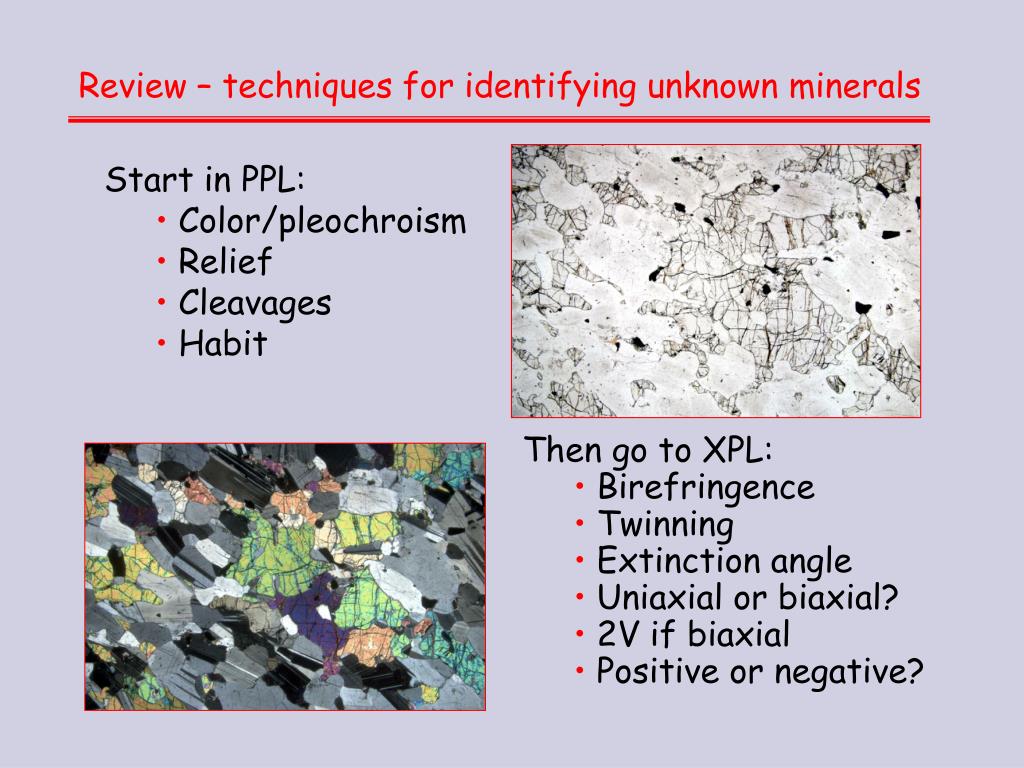

Lithotype 1 represents subtidal sand waves that provided relief and allowed the establishment of the oolite shoal. By analogy with Recent oolite environments, each of the lithotypes corresponds to a subenvironment within the Ordovician shoal. Lithotype 4 is a superficial ooid grainstone that contains small ooids and few fossils. Lithotype 3 is a skeletal-ooid packstone this is the only lithotype containing much mud. Lithotype 2 is a coarse-grained ooid grainstone with large, well-developed ooids and no fossils. Lithotype 1 is a quartz sandstone with few small ooids or fossils. Four lithotypes within the oolite body are differentiated by the proportions of ooids, fossils, and terrigenous grains. Silt perched on elongate grains is common. Intraclasts are sometimes noted, as are fossils with mud fillings or adhering mud. Plane-bedding is evident in the bankward portion of the body bidirectional cross-beds occur in the more basinward parts. Sedimentary structures (especially cross-beds) of all types are observed. The oolite body has its long axis parallel to depositional strike, is completely surrounded by Ottosee mudstone, and lies close to the Ordovician shelf edge. This study is an analysis of depositional and diagenetic environments of an Ottosee oolite. Pressure solution of the Knox Group dolomites during overthrusting provided much of the Mg²⁺ for dolomitization, this Mg²⁺ was transported by regional gravity-driven fluid flow that developed in response to tectonic uplift.The Ordovician Ottosee Formation in eastern Tennessee is largely a siliciclastic mudstone and shale unit, but it also contains isolated lenses of oolitic limestone. Zones 3 and 4 dolomite cements and later calcite are enriched in total Sr and have high ⁸⁷Sr/⁸⁶Sr, indicating late radiogenic Sr-enriched brines.įluid inclusions indicate that zones 2A and 2B dolomite precipitated from warm (100-175☌), saline (23-26 wt.% NaC1 equiv.) fluids, followed by later hotter (175-225☌) more saline (30-33 wt.% NaCl equiv.) fluids. Zone 3 dolomite is depleted in Fe, due to pyrite precipitation whereas zone 4 dolomite cement has relatively high Mn and Fe contents. Zones 3 and 4 dolomite cements (δ¹⁸O = -13.8 to -11.3 δ¹☼ = -0.7 to +0.9) are depleted in δ¹⁸O relative to previous dolomites, recording hotter fluids. The Mn and Fe contents of zones 2A and 2B dolomite likely reflect a pH control over the fluid Mn and Fe chemistry their similar low total Sr and nonradiogenic ⁸⁷Sr/⁸⁶Sr, imply that Sr was largely derived from the limestone precursor. Zone 2B dolomite cement has identical δ¹⁸O values as zone 2A dolomite, indicating precipitation from similar fluids for the two dolomite generations. Zone 2A dolomite (δ¹⁸O = -10.2 to -7.0 °/oo PDB δ¹☼ = +1.0 to +1.6 °/oo PDB) is depleted in ¹⁸O and enriched in ¹☼ relative to marine cements (δ¹⁸O = -7.5 to -6.1 δ¹☼ = +0.2 to +0.8), reflecting precipitation at elevated temperatures from fluids in equilibrium with the host limestone. Zone 1 dolomite apparently has similar isotopic and trace element composition as zone 2A dolomite. After replacement dolomitization, the sequence was subjected to dissolution and fracturing, followed by Pb-Zn mineralization, zones 2B, 3 and 4 dolomite cement, sphalerite, quartz, and calcite. Rare relict corcs of zone 1 dolomite were replaced and overgrown by zone 2A dolomite, the dominant replacement phase. The Shady Dolomite records several episodes of dolomitization during burial, coeval with late Paleozoic deformation. until it was destroyed by incipient collision during the Early Ordovician. The Shady Dolomite forms the initial carbonate foundation for the overlying Cambrian-Ordovician carbonate shelf sequence, which persisted for about 30 m.a. Drill cores through the Lower to Middle Cambrian Shady Dolomite carbonate platform (600 to 1200 m thick) in the Austinville, Virginia, region allow the evolution of the carbonate platform from a gently sloping ramp, to a high relief, rimmed shelf to be documented.


 0 kommentar(er)
0 kommentar(er)
